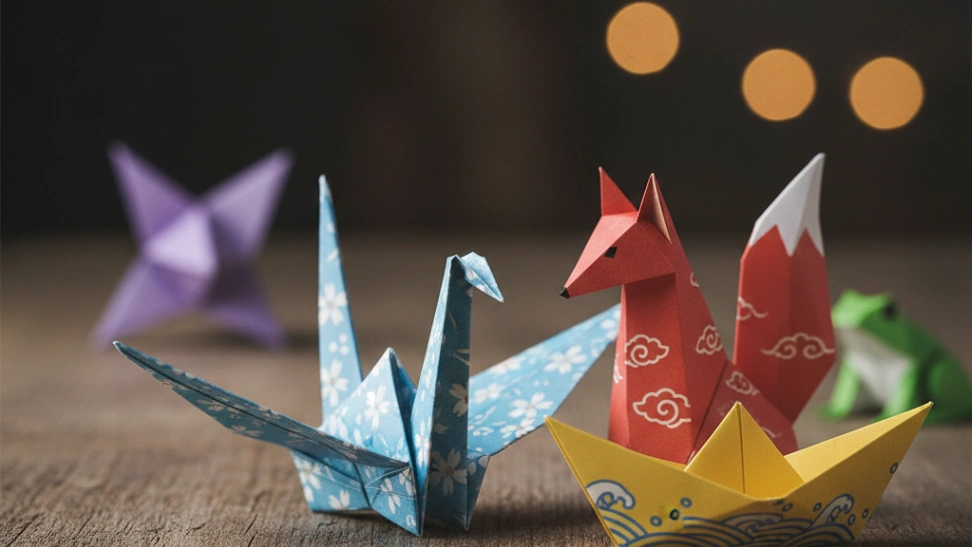Is This Hobby For You?
Perfect for those who enjoy meticulous hands-on projects, quiet concentration, and transforming simple materials into art.
Why You'll Love It
- Develops incredible fine motor skills and patience.
- Highly accessible, requiring minimal and inexpensive materials.
- Offers a deeply satisfying creative outlet with stunning results.
Good to Know Before You Start
- Can be frustrating for those lacking patience or fine motor control.
- Requires a significant amount of focus and attention to detail.
- Finished pieces are often delicate and may not be very durable.
Hobby Traits
How the community rates this hobby.
Getting Started: The Essentials
The basic requirements to begin your journey with Origami.
Startup Cost
$20
Community-voted average
Ongoing Cost
Very Low
Monthly upkeep estimate
Essential Gear
Origami paper
Specialized paper, often perfectly square and thinner than regular paper, ideal for crisp folds and vibrant results.
Beginner instruction book
A book with clear diagrams and step-by-step instructions for foundational and simple models.
Bone folder (optional)
A tool used to create sharp, clean creases and flatten folds, improving the final appearance of models.
Learning Curve
Overall Difficulty: Easy
Associated Skills
Skills you can expect to develop while pursuing this hobby.
A Closer Look at the Traits
Very Calm
A deeply relaxing and meditative activity with minimal physical effort.
Purely Indoors
Best enjoyed in the comfort of your own home or a dedicated indoor space.
Very Mental
A mentally stimulating activity that challenges your mind, strategy, and focus.
Purely for Fun
Pursued purely for enjoyment, relaxation, and the fun of the activity itself.
Purely Creative
A highly creative and expressive outlet for your imagination and artistic side.
Very Solo
A deeply personal and solitary activity, perfect for quiet time and introspection.
Frequently Asked Questions
Hobby Traits
How the community rates this hobby.



